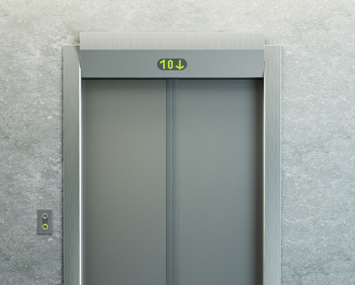It’s relatively easy to understand what’s needed to make your elevator comply with the Americans with Disabilities Act (ADA)
If your building is 3 or more stories tall, or has 3,000 square feet per floor or more, your elevator must comply with ADA requirements. The rules are clear:
- The buttons in the hall and in the cab need to be at a height of 42 inches.
- Handrails have to be at 30 inches.
- Emergency controls must be at the bottom of the elevator control panel and have their centerlines no less than 35-inches above the finish floor.
- All of the buttons need to be big enough, a minimum of 0.75 inches in diameter.
- Illumination for buttons is also required.
- Buttons must be translated into Braille.
- Two-way communication in elevator cabs must be such that it can be used by the deaf and blind.
- Hall lantern fixtures must be mounted with at least 72 inches from the floor.
- Verbal announcements or chimes are required to announce passing floors and each arrival floor.
- To be ADA compliant, the cab must be able to accommodate a wheelchair doing a 360 degree turn.
- Doors need to be able to re-open without physical contact, such as when a beam of light is interrupted by the wave of a hand.
Because ADA compliance—and indeed all code—is subject to change, check with your elevator service provider to make sure you are complying with the latest regulations.


Recent Comments